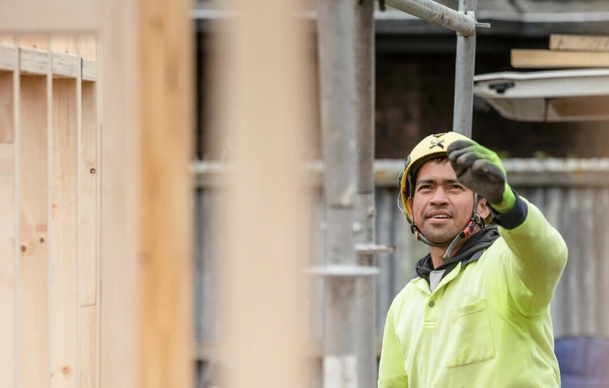To ensure a secure work environment, a crucial tool in your arsenal is a site-specific safety plan in New Zealand. These plans go beyond being just regulatory requirements; they are the bedrock of safeguarding workers’ well-being and project success. Let’s explore the dos and don’ts of crafting an effective safety plan.
Why Site-Specific Plans Matter
Site-specific safety plans bolster worker safety by addressing the unique hazards and risks inherent to each site. They act as bulwarks against potential risks, averting accidents and injuries. So, they usher in improved productivity by reducing disruptions and ensuring streamlined work processes.
The Dos
Conducting a Comprehensive Risk Assessment
At the heart of any effective safety plan lies a meticulous risk assessment. Identify potential site-specific hazards and gauge their severity. Engage workers and relevant stakeholders in this process; their firsthand knowledge is priceless. Understanding the risks is the initial stride towards their mitigation.
Customizing Safety Measures and Protocols
Tailor your safety protocols to the unique characteristics of each work site. This entails the implementation of fitting controls, procedures, and equipment. What proves effective in one location may not hold true in another; customization is the watchword.
Providing Adequate Training and Education
Ensure that workers receive comprehensive training on safety protocols and hazard recognition. Sustained education and open communication are pivotal in keeping everyone well-informed and vigilant.
The Don’ts
Neglecting Worker Involvement
One of the gravest missteps is sidelining workers in the safety planning process. They navigate daily risks, and their insights, knowledge, and engagement are invaluable. Exclude them at your peril; involve them actively in shaping the safety plan.
Overlooking Regular Safety Inspections and Audits
Disregarding routine safety inspections and audits is akin to courting disaster. The failure to promptly detect and rectify safety issues can culminate in accidents and costly setbacks. Proactively identify and address safety concerns to avert potential calamities.
Failing to Update and Improve the Safety Plan
A stagnant safety plan amounts to no plan at all. Circumstances evolve, and so do the associated risks. Neglecting to revise and enhance your safety plan leaves you ill-prepared for emerging challenges. Embrace a culture of perpetual improvement.
Conclusion
Creating a site-specific safety plan in New Zealand is a commitment to the welfare of your workforce and the prosperity of your projects. With it, you can champion safety, minimize risks, and foster a more secure and productive work environment.


